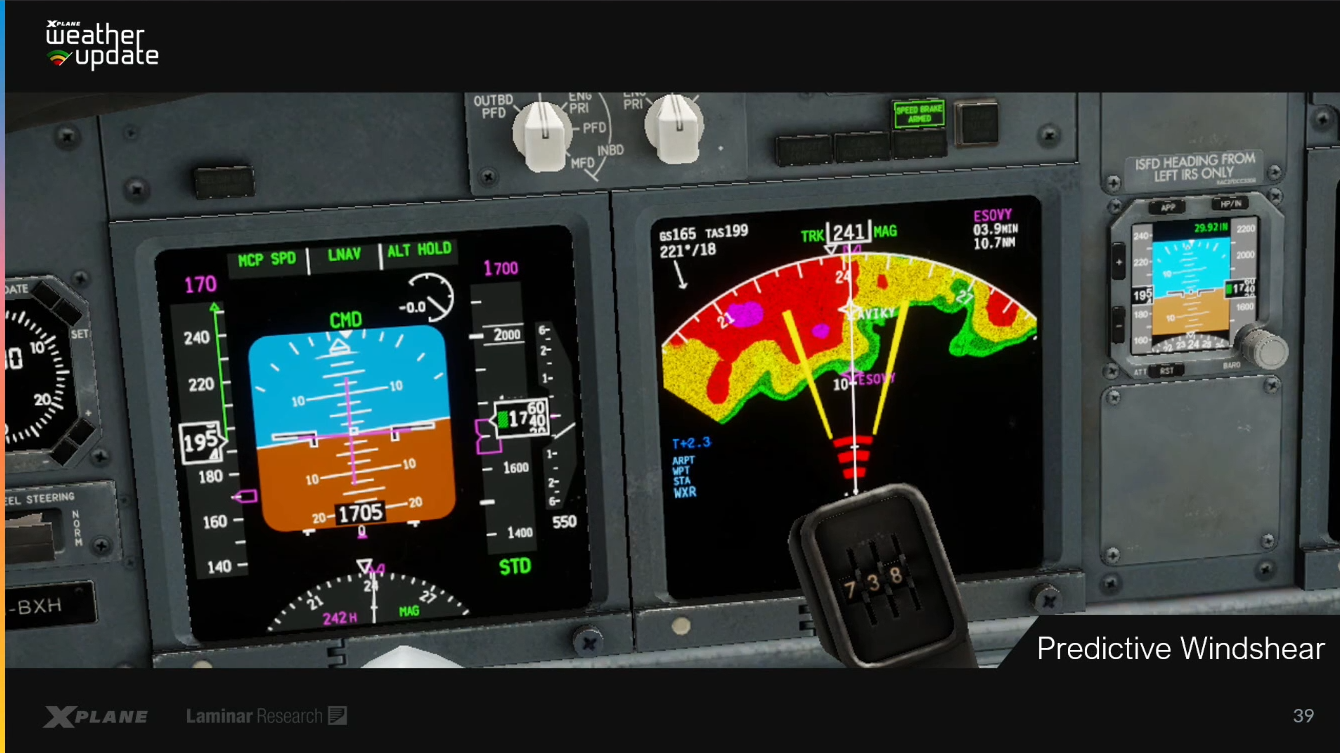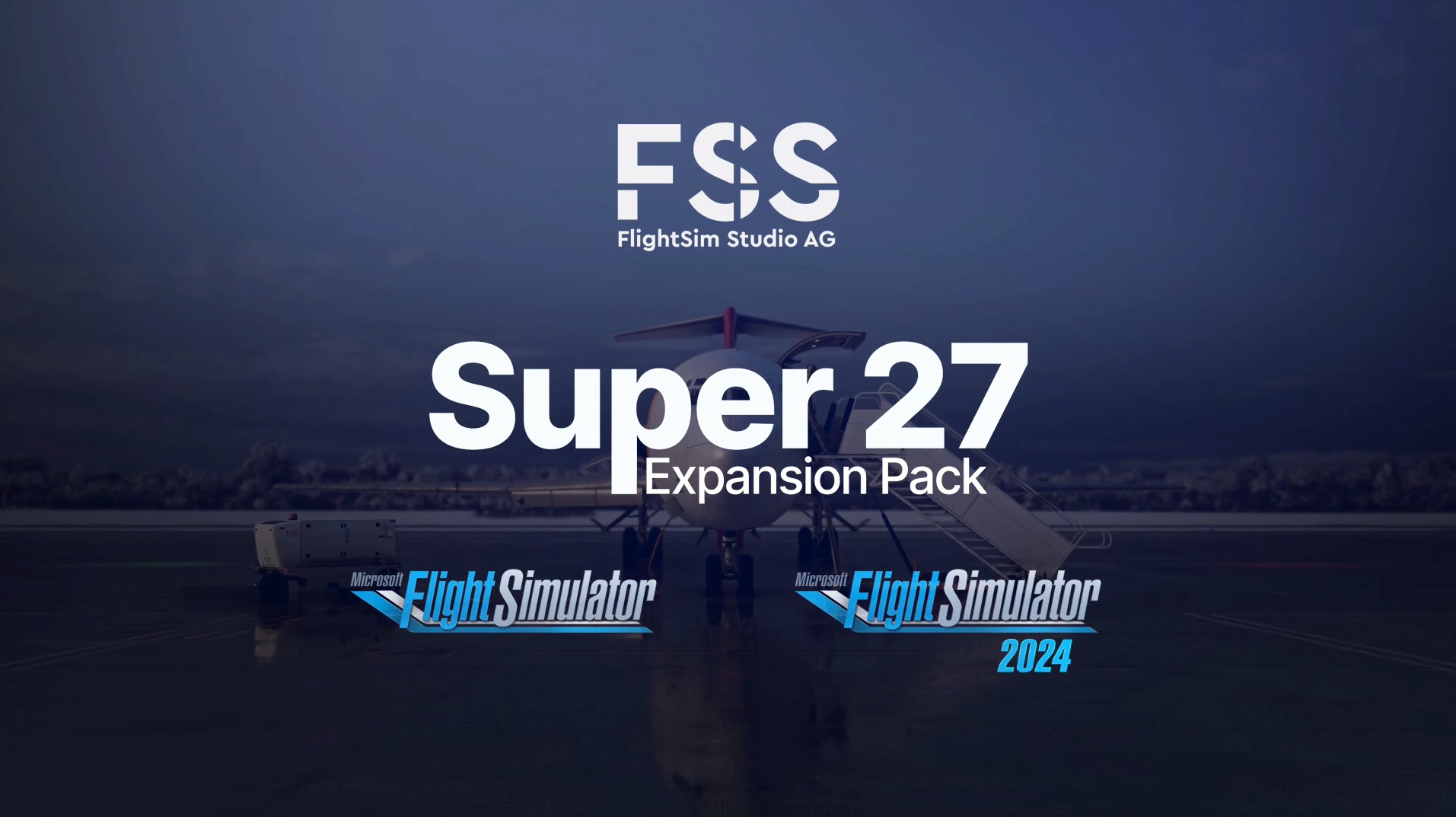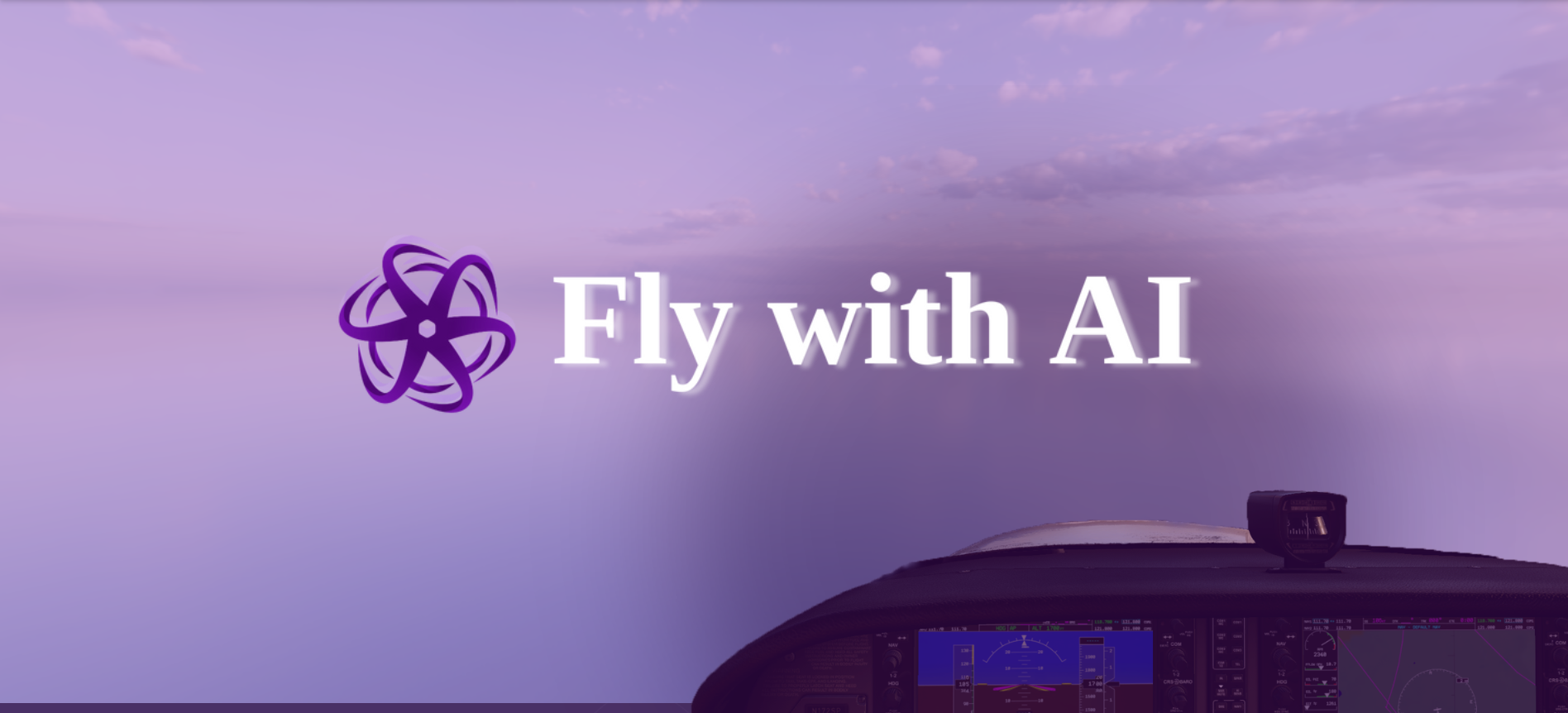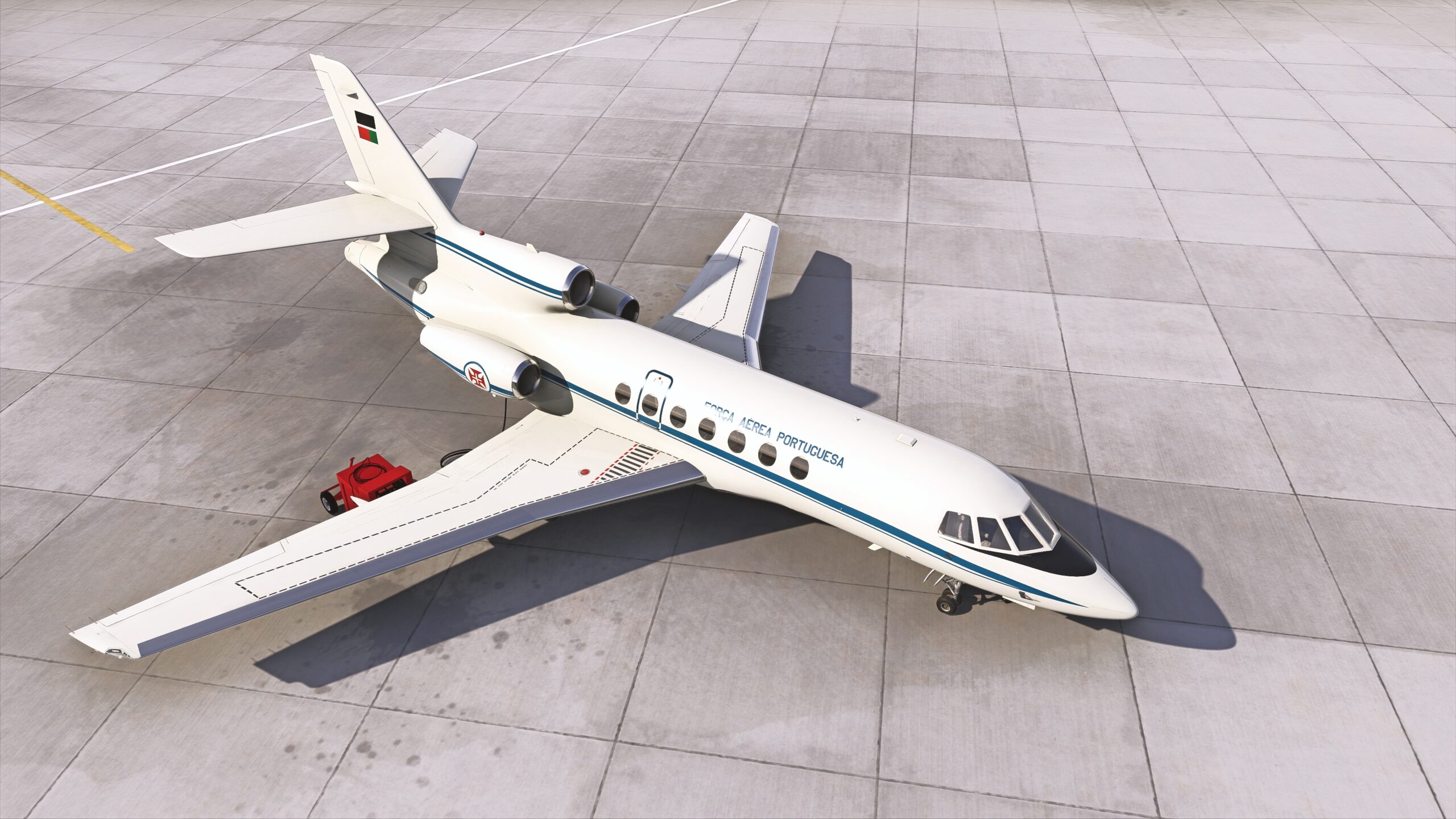Introduction
In August 2020, Microsoft released Flight Simulator, marking a turning point in the history of flight simulation. From the innovative use of photogrammetry to the release of a first-of-its-kind flight simulator for a console, Microsoft and Asobo have reached a whole new audience of aviation enthusiasts.
Although the simulator experienced many successes, it also experienced some turbulent times (pardon the pun). There was much anger among users over recurring critical bugs, as well as complaints about flight control characteristics.
Some of the criticism is based on misinformation and thus can be unfair. This will be the case with the topic of today’s article. Before I begin, please be clear that this article doesn’t reflect the opinions of all flight sim enthusiasts.
EMERGING CASES OF ALTITUDE MISMATCH BETWEENS PILOTS AND ATC
There has been a growing problem with controllers complaining about the altitude shown on the radar screens of MSFS pilots since online networks like VATSIM and IVAO opened their doors to Microsoft Flight Simulator. Often, this prompts ATC controllers to ask MSFS users whether their altimeters are correctly calibrated. A minority of controllers unfairly judge MSFS pilots over this and blame the new simulator for it.
This complication gained media attention through flightsim Twitch streamer Chewwy94’s Twitter page. The popular streamer, who frequently flies on VATSIM, reported that he “heard of cases in which controllers were being judgmental about MSFS pilots on the network”. As a flight-simmer who frequently flies on online networks, I can confirm that this situation does occur.
CAUSES AND REASONS BEHIND the altitude mismatch
However, it is not the incompetence of pilots nor MSFS that is the root of this feud. BTV Pilot, a developer of pilot clients for VATSIM and Pilot Edge, explained the causes of this altitude problem on the MSFS forum.
He stated that on most simulators, pilot clients sent two altitudes to the server. One was based on true altitude and the other was based on pressure altitude. These altitudes are sent to both other pilots and to ATC. This meant that if the pilot set the correct barometer setting in the aircraft, the true altitude that is sent to the server is very close to the one calculated by the ATC using the pressure altitude sent to them. This is unrealistic as in real life, ATC does not have access to the true altitude of the pilot. Nonetheless, it gives other pilots and ATC the correct altitude of your aircraft.
However, MSFS does not use the same altimetry system. It rather simulates a real altimeter by using “ambient air pressure at the aircraft’s location (including altitude) in order to simulate the pressure at the static pressure port”. As a result, MSFS provides a more realistic simulation of an altimeter than other simulators and, consequently, is not quite compatible with the current model.
Conclusion
It is not the intent of this article to criticize or slate virtual ATCs. Instead, it aims to educate all members online about the issue. Online networks must communicate more effectively so that controllers are informed of this issue. Consequently, pilots and controllers will have fewer misunderstandings.
A fix to tackle this dilemma is in development, but until then, pilots and controllers need to be cooperative and patient. Have you ever faced this issue when flying on an online network? Please share your thoughts and experiences in the comments section!
Feel free to join our Discord server to share your feedback on the article, screenshots from your flights or just chat with the rest of the team and the community. Click here to join the server.









